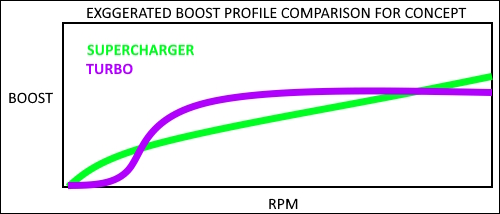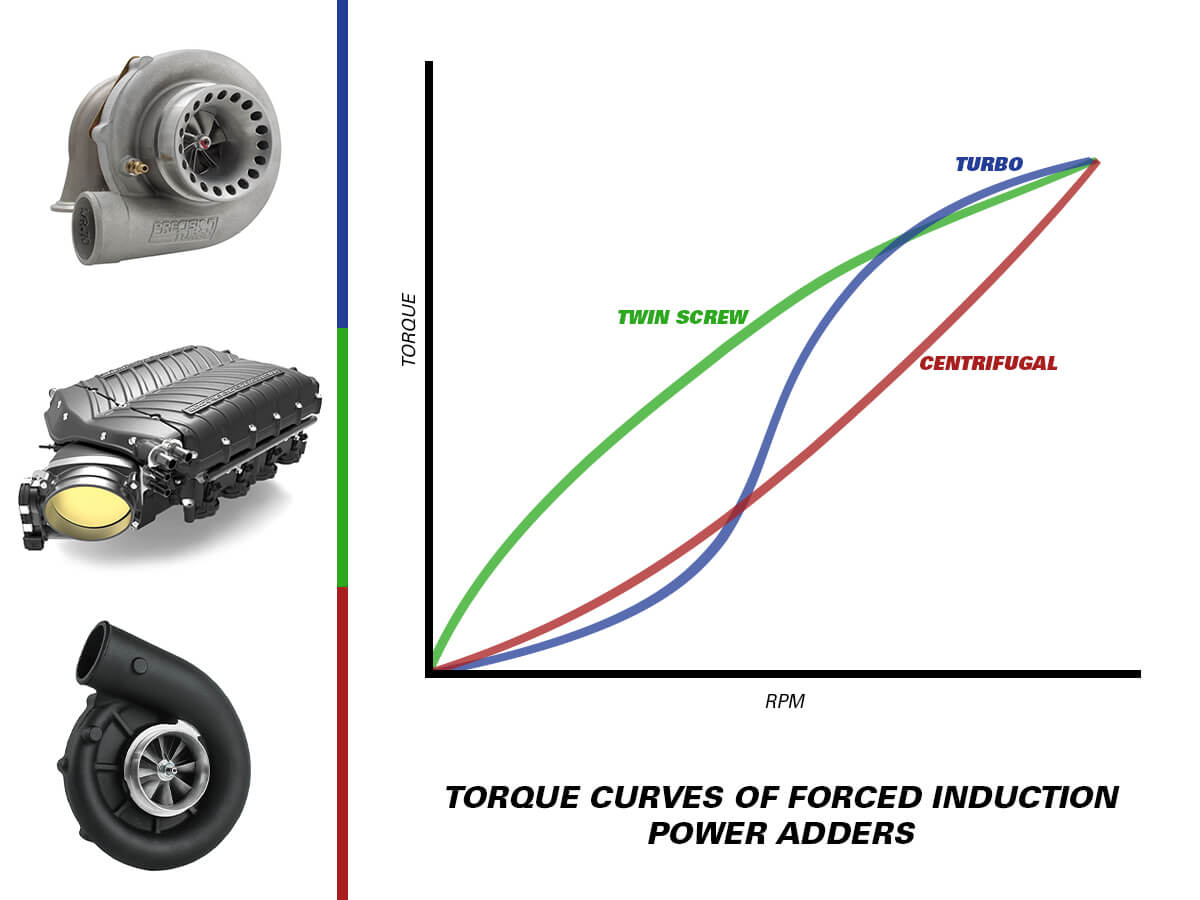- Wed Apr 17, 2024 1:58 am
#67999
Your idea was almost my final paper at my mechanical engineering college hahaha. I did a long study on how to put the SC in the engine of my Dodge 1800 Polara (Brazilian Hillman Avenger).
The magnetic pulley can be used via a customized output activated by a TPS load. You can use the WMI outputs as bypass control, including using the WMI advance delay as a way to slow down the SC input, etc., and you can use the VVT as on/off for the pulley.
Boost control remains normal as in a turbo. Unfortunately, I was only able to do the ignition part, with a detailed study on the advantages of using a mapped ignition on an old engine with the good old SU touching fuel, and then the entire fuel part with a manifold made with long runners, etc. SC was left out... My plan A was to use SC + wmi! Then I would just go to SC, but for personal reasons I didn't have time to come up with the original idea for the work!
The magnetic pulley can be used via a customized output activated by a TPS load. You can use the WMI outputs as bypass control, including using the WMI advance delay as a way to slow down the SC input, etc., and you can use the VVT as on/off for the pulley.
Boost control remains normal as in a turbo. Unfortunately, I was only able to do the ignition part, with a detailed study on the advantages of using a mapped ignition on an old engine with the good old SU touching fuel, and then the entire fuel part with a manifold made with long runners, etc. SC was left out... My plan A was to use SC + wmi! Then I would just go to SC, but for personal reasons I didn't have time to come up with the original idea for the work!
B R A Z I L I A N D O M E S T I C M A R K E T
- VW Gol GT 86 Turbo on E100 with Speeduino V0.4
- Dodge Polara 1800 76 Turbo on E27 with Speeduino V0.4 (Brazilian Hillman Avenger)
- VW Gol GT 86 Turbo on E100 with Speeduino V0.4
- Dodge Polara 1800 76 Turbo on E27 with Speeduino V0.4 (Brazilian Hillman Avenger)



